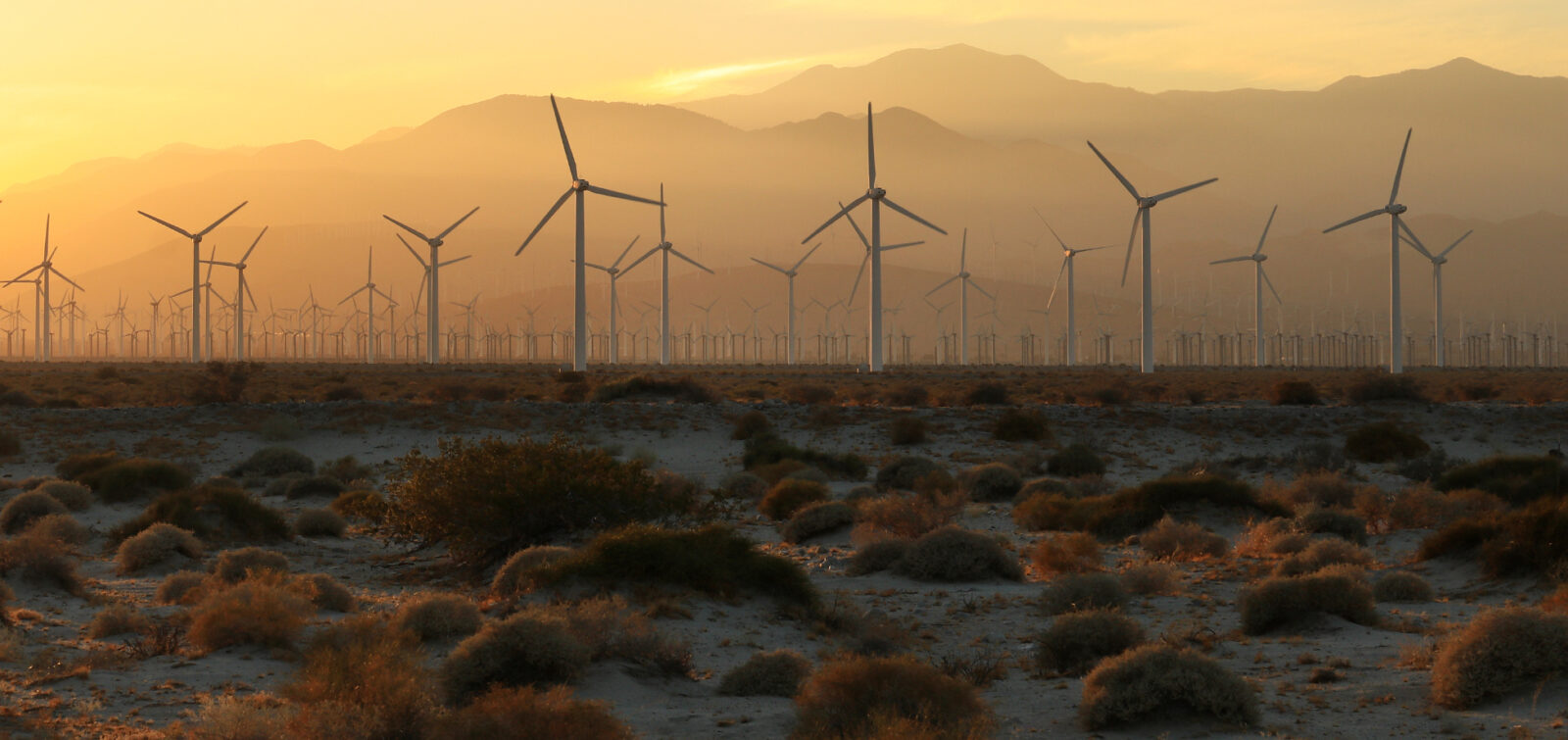According to the World Health Organization (WHO), “Although global warming may bring some localized benefits, such as fewer winter deaths in temperate climates and increased food production in certain areas, the overall health effects of a changing climate are likely to be overwhelmingly negative.”
With air quality in particular, higher temperatures and a changing climate are expected to result in more wildfires, more allergens, and an increase in conditions conducive to formation of ground-level ozone formation—a major component of smog. As described in California’s statewide adaptation strategy Safeguarding California, air pollution due to increased wildfire smoke, ozone, and allergens can aggravate a wide range of health problems, including asthma and other debilitating and costly respiratory and cardiovascular diseases. Often these health impacts fall disproportionately on vulnerable populations that include the poor, the elderly, and young children, as well as communities in highly industrialized areas that are already burdened by environmental pollution and other hazards that contribute to negative public health effects, exposure, or environmental degradation.
The WHO has conducted several studies on the environmental determinants of health, including a 2016 publication Preventing Disease through Healthy Environments – A global assessment of the burden of disease from environmental risks, which draws undeniable connections between negative health outcomes and air pollution (directly), as well as climate change (indirectly), especially when looking at industrialized, economically prosperous countries such as the United States. It validates the notion that people of lower-income countries are more susceptible to environmentally mediated disease burden, however “…with the exception of certain noncommunicable diseases, such as cardiovascular diseases and cancers, where the per capita disease burden is greater in the developed world.”
It is estimated that by 2050 two-thirds of the world’s population will reside in cities. As the WHO points out, “cities have the potential to concentrate several modern risks, such as ambient air pollution, low physical activity due to poor urban planning and sedentary work.” About 90 cities worldwide, representing more than 650 million people and 25 percent of the global GDP, have joined the C40 Cities Climate Leadership Group, vowing to monitor and mitigate carbon emissions, and to plan for the effects of climate change. The 12 American cities include not only obvious environmental stewards such as San Francisco, Portland, Seattle, and Los Angeles but also Austin, Boston, Chicago, Houston, New Orleans, New York, Philadelphia, and Washington, DC. In the wake of the current Administration’s decision to withdraw from the Paris Accord, hundreds of American cities are committed to taking climate action.
Increasingly, policymakers are recognizing that protection of public health—and, in particular, air quality—is a critical factor in developing rules for reducing emissions of greenhouse gases (GHGs) that contribute to climate change. Taking action to reduce GHG emissions, particularly when it means cutting back on fossil fuel combustion, typically leads to a reduction in smog and toxic air contaminants. Legislative and planning trends are making this connection explicit.
With the passing of Assembly Bill (AB) 398 in July, California continued its global leadership role in fighting climate change by extending its cap-and-trade program for reducing industrial GHG emissions while including provisions that ensure the proceeds will provide environmental benefits to disadvantaged communities. This was no easy feat, as the environmental justice community has long lobbied against what it perceives as cap-and-trade’s propensity to allow local industrial emitters to meet their GHG reduction obligation by purchasing allowances that represent reductions occurring elsewhere. Cap-and-trade targets refineries and large industrial sources of GHGs that in many cases represent our largest sources of toxic air contaminants. With cap-and-trade, however, the physical location of GHG reductions is not important—it’s the cumulative cutting of emissions across the entire state that matters. Thus, the local air quality benefits may not materialize if a regulated facility purchases emissions allowances from another facility or it meets its obligation using carbon offsets.
To address these concerns and garner the political support needed to pass AB 398, California lawmakers passed companion bill AB 617 to ensure that emissions of criteria air pollutants and toxic air contaminants from industrial facilities will be tracked more carefully by regulators, especially in communities with the worst problems. The pairing of these bills reflects the growing awareness among the state’s policymakers that climate change poses serious risks to public health, and to the health of disadvantaged communities in particular.
California is ensuring an equitable distribution of cap-and-trade funds by requiring that at least 25 percent of cap-and-trade funds benefit disadvantaged communities (Senate Bill 535, 2012). The state scores and ranks the most disadvantaged communities using CalEnviroScreen, a screening tool that uses twenty-one indicators to locate communities most burdened by pollution from multiple sources as well as most vulnerable to its effects, taking into account the communities’ socioeconomic characteristics and underlying health status. These areas tend to have high concentrations of people with low income, high unemployment, low levels of home ownership, high rent burden, health sensitivities, and low levels of educational attainment.
Many disadvantaged communities are located nearest to our major transportation corridors and infrastructure, such as freeways and highways, rail lines and rail yards, and ports (see related story on the progress the Port of Los Angeles has made implementing its Clean Air Action Plan). Groundbreaking studies, such as the South Coast Air Quality Management District’s Multiple Air Toxics Exposure Study (MATES), which combines measured and modeled airborne emissions of over 30 toxic air contaminants throughout the South Coast Air Basin, verify the connection of localized health risk impacts with high-carbon-emitting activities such as transportation/goods movement and energy production.
At the federal level, the Department of Energy has been supporting research and innovation that makes fossil energy technologies cleaner and less harmful to people and the environment. The SuperTruck initiative, for example, promotes the research, development, and demonstration of technologies to improve heavy-truck freight efficiency. Many of these technologies would result in the co-benefit of reducing emissions of harmful diesel soot.
Proactively addressing climate change provides an opportunity to improve public health and reduce health inequities, especially for vulnerable populations. We are seeing an increase in local and regional climate action plans that integrate health, equity, and GHG reduction, including a climate action plan that ESA recently completed for the industrialized city of Richmond. ESA is also leading a multijurisdictional climate action plan framework project in the southern portion of Los Angeles County, an area where approximately three-quarters of the residents live in census tracts designated by CalEnviroScreen as “disadvantaged communities.” This multi-objective project seeks to advance local economic development, improve air quality and public health, and increase resilience to climate change while simultaneously reducing GHG emissions.
As we are seeing with similar projects throughout the state and the nation, emphasizing the public health co-benefits of GHG reduction and climate change adaptation helps build stakeholder support for climate action plan implementation and strengthens its performance across the triple bottom line of economic, environmental, and social metrics.








